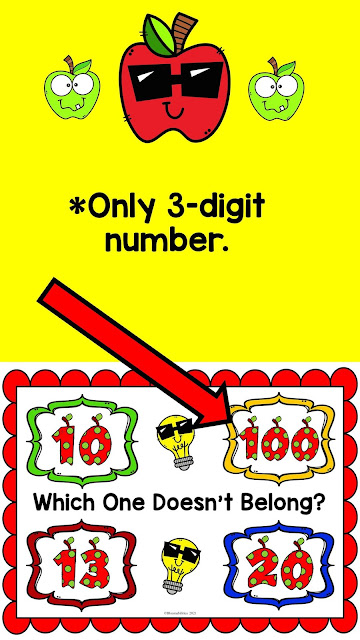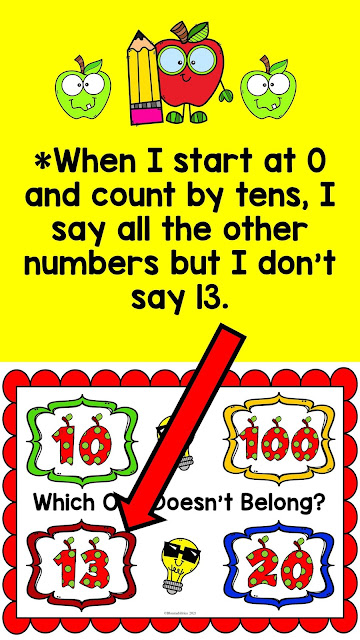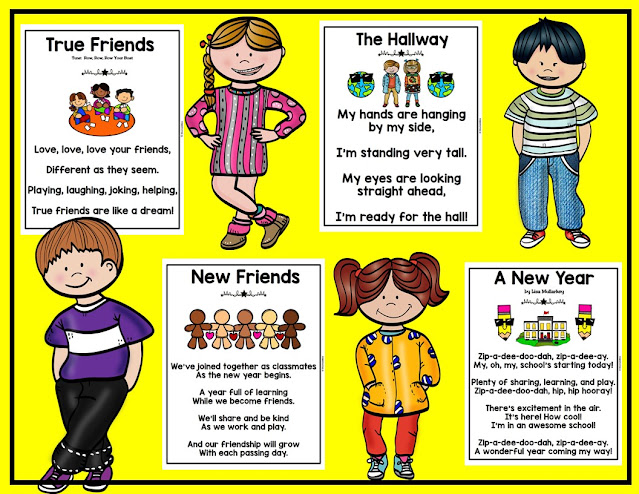Hey there, teacher friend! Happy New Year! I love January with my First Graders...the growth really accelerates by leaps and bounds once January hits! It's exciting to see. I still have a few more days of vacation but wanted to share one of my favorite classroom activities with you: Making Words!
I did speed it up so you I could show you my words. Can you guess my thought process? I can hear my Firsties saying, "I just used the digraph -ck!" Every time I made a plural word, I envisioned, "Yes! She added the s to make more than one!" I love how this engaging hands-on activity is like their own second dose of Fundations for the day!
I’m excited to show you why (and how) I use this game-changing tool that will make your teaching life even more amazing—and I have 13 FREE January/February themed Making Words ready for you to print out today and share with your class.
Do you have lots of magnetic letters? If so, you can make this activity center below as a year-long area for your kids to get more practice making words. My kids are always there...even during their Free Choice time. Kids like to go in groups of 2 or 3 and just write messages or play school and practice sight words.
Here's a picture of one student using the Making Words Center to leave me a message.
They often write their parents a message and send it home via Seesaw. One parent even replied using refrigerator magnets and sending a message back to her child. Fun!
So, what's all the buzz about? Well, let me tell you how this tool is going to take your classroom to the next level of engagement and learning. Promise!
What is Making Words?
Making Words is a hands-on, interactive learning resource that allows students to practice spelling, phonics, and vocabulary through word-building activities. The best part? It's completely adaptable for your classroom's needs. The FREE January/February Making Word packet comes with 13 Make-a-Word worksheets. While I don't use all 13, I do use, at a minimum, eight. One per week where kids work together and then 1 per week that we do together. I use magnetic letter on the board that they come up and manipulate into words and write down on their worksheet. (Or use Doc camera if you don't have letters.) NOTE: I do add others to Free Choice time and send home when kids request them...which is often. Families do together. Fun!
Making words is like a word puzzle, Fundation lesson, and a learning adventure all rolled into one. What’s not to love?
If you do this:
then there is a very high probability that you will LOVE making words with your class!
Why You’ll Love It
Endless Fun with Themes Galore!
With 13 Making Words per monthly packet, there’s a fresh word-building challenge for every month—and let’s not forget the holiday themes! From Pumpkin Spice words to Winter Wonderland vocabulary, your students will be excited to create and learn with each new theme.
Simple Setup, Big Impact
You don’t need a PhD in lesson planning to get started. Each packet is designed for quick, easy implementation, saving you valuable time. Just print. That's it! Plus, with the activities aligned with the K-3 curriculum, you can quickly integrate them into your existing lessons without skipping a beat.
Helps with Phonics, Spelling, and Vocabulary
Making words isn’t just a fun activity—it’s a critical literacy tool! Your kiddos will master phonics skills, improve their spelling, and expand their vocabulary all while playing and collaborating with their classmates.
Perfect for Small Groups & Independent Work
Whether you're working with small groups or letting kids dive into independent learning, Making Words has you covered. It’s versatile enough to use in a variety of ways. And the best part? It’s not just something your students will do once. They can revisit it again and again—making it a year-long valuable resource.
Boosts Confidence and Builds Creativity
When students start creating words from scratch, something magical happens—they feel empowered! It builds their confidence and fosters creativity. Seeing a student light up when they’ve created a new word or finally recognize and can spell that Trick Word in Fundations, is an unforgettable moment that shows how powerful this tool is.
Helps with Differentiation
You’ve got a class full of diverse learners, and Making Words is designed with that in mind. Whether they’re beginners or more advanced, it meets every child’s needs. Plus, the variety of words offered means there's always something new for everyone to explore!
Why It’s a Must-Have for Your Classroom
Alright, let’s get real. We know that as teachers, you’re constantly on the lookout for tools that save time, maximize engagement, and boost learning. Well, guess what? Making Words checks all of those boxes—and more.
It’s a one-stop resource that will provide hours of educational fun throughout the year. Imagine the smiles as kids dive into themed word-building challenges, the high fives when they spell a tricky word, and the excitement of learning through play. Can you say "classroom gold"?
But don’t just take my word for it—this tool has been crafted with teachers in mind, and I can’t wait for you to see the difference it makes in your classroom.
How I Use Making Words in My Classroom:
1.
Pick out a Making Words Sheet and gather your kids on the carpet area. You can either use Magnetic letters or cut our the letters. Either way, I do prefer kids to actually move the letters around to make the words. Ask kids, "Can anyone make a word out of these letters?"
2. Record words on board.
3. I often guide students who lack confidence. "Dan made the word at. Look at the word, Sarah. If I put a C in front of -at, what is my new word?"
4. Repeat the above and if students don't mentions diraps, plurals etc, guide them. Help them make those connections. Point to the Word Wall area and remind kids to make those words too.
5. Group Work: Once a week, while kids are eating snack at desks, I will whip out a Making Words. They can eat and think at the same time!
6. Independent Time! When kids are ready to work without me, I will let them work independently at times but OFTEN in a group. They make/record words together.
7. Share Words: Halfway through, I get everyone's attention and ask if anyone wants to share a word. This is the best part. The kids love to show what they know. The student says the word as I write it on the board. I tell the kids that they can add this word to their own paper if they want. Most do.
My colleague uses these Making Words activities but does NOT have kids cut the letters out. Personal preference. Do what's best for your kids. I do have kids store words in a snack baggie so they can work on their words throughout the week.
In the beginning, the words in First Grade start off as mostly 2-3 letter words but that really changes fast.
Side Note: A few years ago, our First Grade Team was concerned that so many of our kids struggled with RHYMING WORDS for the first time. A downward trend that I feel was reversed by Making Words.
Are you up for a new activity in 2025? Grab your Making Words set today!
Happy teaching!
















































